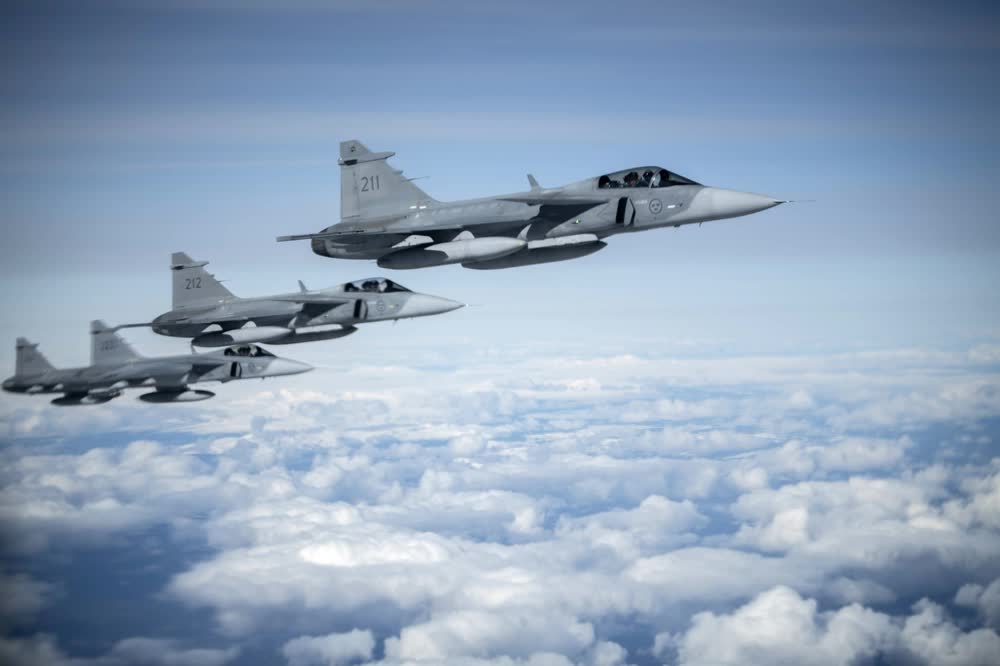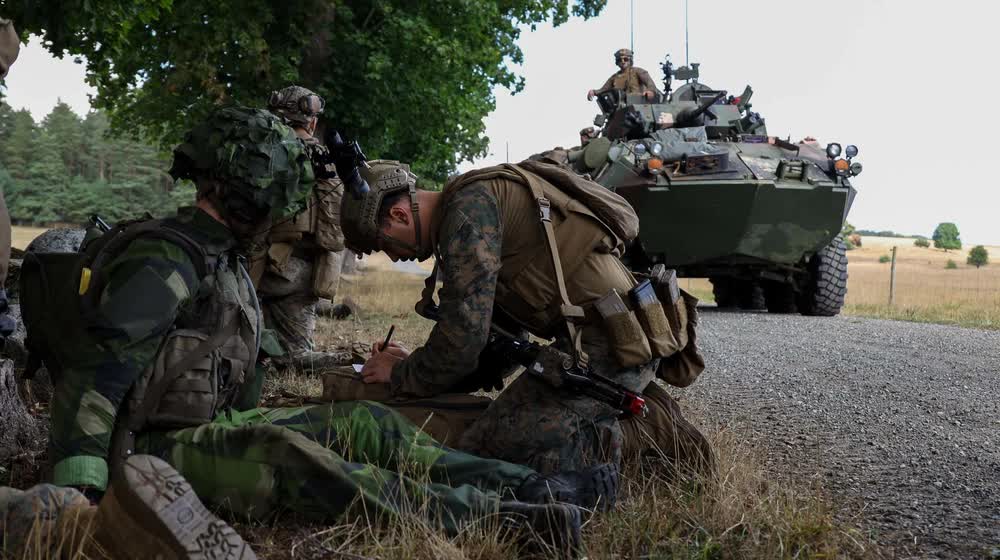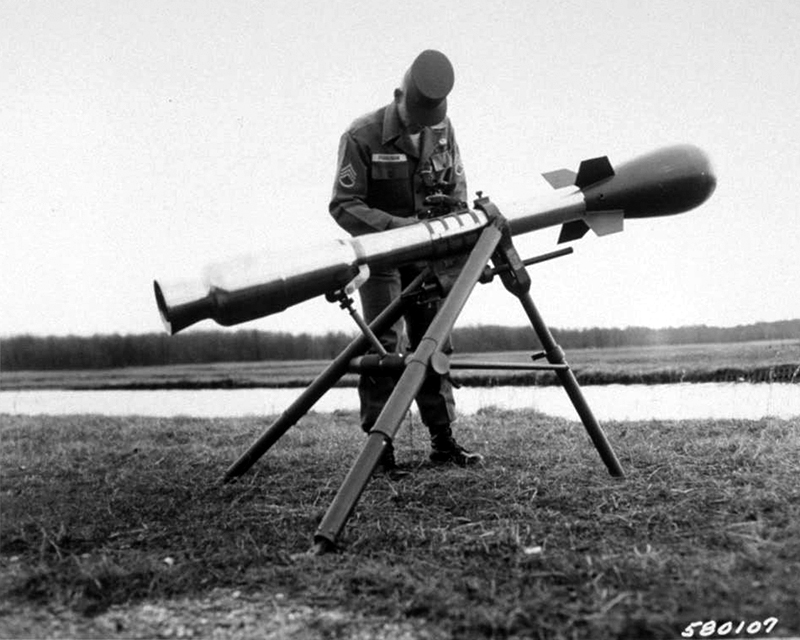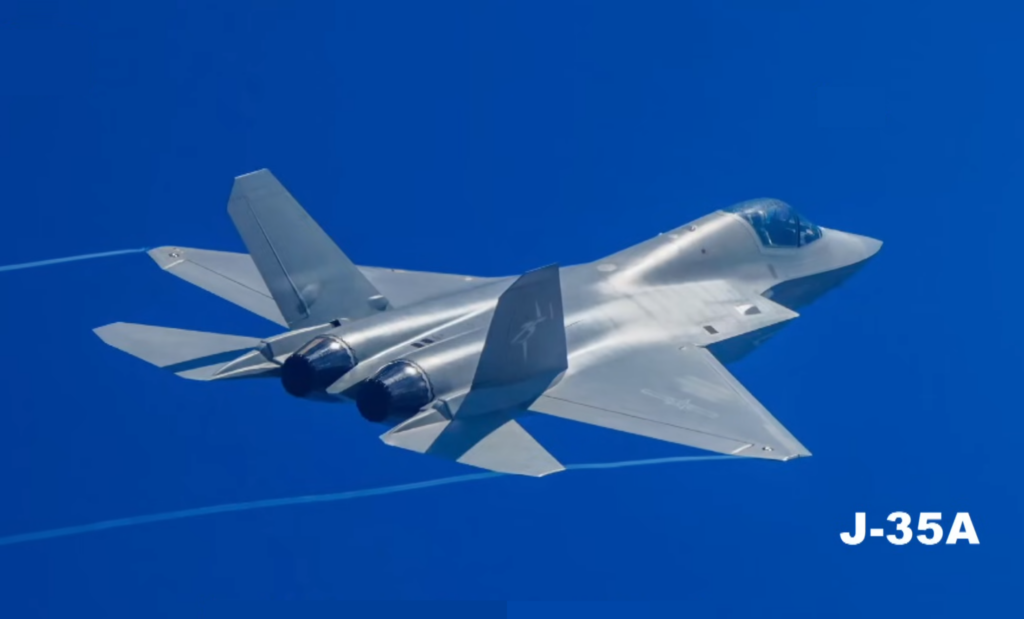With Sweden in NATO, the alliance has new ways to strike Russia’s prime targets
- By Business Insider
Share This Article

This article by Tom Porter was originally published by Business Insider.
As Sweden’s NATO membership took a decisive step toward becoming a reality, Russia was issued with a stark warning.
“If Russia dares to challenge NATO, Kaliningrad would be ‘neutralized’ first,” the former Lithuanian foreign minister, Linas Linkevicius tweeted on X in February.
Russia’s foreign ministry spokeswoman, Maria Zakharova, shrugged off the comment, describing it as “information warfare.”
But the threat shouldn’t be dismissed so quickly. With Sweden now formally accepted as a member of the alliance, key Russian cities and military assets are in closer range of NATO attacks.
Russia menaces the Baltics
NATO planners have long seen the alliances’ northeastern flank, the Baltic nations of Lithuania, Estonia, and Latvia, as a potential weak point.
The territory used to be part of the Soviet empire, and analysts believe Russia’s President Vladimir Putin has long harbored ambitions to bring it back under Moscow’s control.
In documents leaked in January, German military experts envisage a scenario in which Russia defeats Ukraine and then attacks NATO’s Baltic members, spelling out how Putin could seek to realize his ambition.
The documents say that Russia could stir internal turmoil and then move troops into the Suwalki Gap, a 65-mile stretch of territory connecting Russia’s Kaliningrad enclave on the Baltic Sea to Belarus, a close Kremlin ally.
The move would cut the Baltic NATO members off from the rest of Europe, exposing them to further Russian attacks.
But Sweden’s membership of NATO gives the alliance potent new ways of deterring Russia from attacking the Baltic region, bringing key Russian targets in closer range.
Nima Khorrami, an analyst at the Arctic Institute, recently told Business Insider that Sweden’s membership “extends NATO’s missile range, putting strategic locations in Kaliningrad and St. Petersburg within reach.”
“This adds another layer of deterrence against potential Russian aggression, as NATO forces can effectively respond to threats in real time.”
Related: Ukraine trolls Russia and pro-Putin Limp Bizkit frontman at the same time

St. Petersburg, Russia’s second city, has long been the base of Russia’s Baltic fleet.
Kaliningrad was formerly named Königsberg and was seized the the Soviet Union from Germany in World War 2. It extends Russia’s capacity to project its power into the Baltic region, containing air defenses, electronic warfare units to scramble GPS systems, cruise missiles, and more.
It would likely play a key role in any Russian attempt to attack the Suwalki Gap and Baltic nations.
“Degrading Russian assets there is critical for NATO operations in the area. That would, in particular, need a saturation of Russian air defense systems,” Oscar Jonsson, a researcher at the Swedish Defence University, told Business Insider.
“Sweden is important for both safely receiving NATO troops and capabilities and by being hard to target for Russian forces, while being close enough to Kaliningrad to launch long-range precision capabilities. As its closest, Sweden is 280 km [173 miles] away from Kaliningrad which is a good distance,” he said.
Russia is responding to NATO’s new, expanded presence in the Baltic by massively expanding its own military presence in the region, a Lithuanian intelligence report released this week said.
It found that as part of a decadelong restructuring process, Russia will increase its military forces in the region and place nuclear-capable Iskander missiles in Belarus.
Russia has long accused NATO of seeking to encircle it, with Putin citing the claim as part of the justification for Russia’s unprovoked invasion of Ukraine.
But with Sweden becoming the newest member of the alliance, Putin has inadvertently placed his forces at a serious disadvantage in a key region.
“Russia’s previous false accusations that it is surrounded by NATO are now becoming a reality,” said Linkevicius.
Read more from Business Insider
- Russia’s espionage activity is soaring to Cold War levels, but its spy game can be pretty ‘unreliable’
- Indian and Nepalese men say they were tricked into fighting for Russia in Ukraine and can’t return home
- An Army intelligence analyst who wanted to be like ‘Jason Bourne’ has been accused of selling military secrets for $42,000
- Last-of-its-kind battleship USS Texas returns to the water after months of work to restore the warship to its former glory
- Ukraine showed off an upgraded sea drone it says will be an even bigger nightmare for Russia’s navy
Related Posts
Sandboxx News Merch
-

‘AirPower’ Classic Hoodie
$46.00 – $48.00 Select options This product has multiple variants. The options may be chosen on the product page -

‘Sandboxx News’ Trucker Cap
$27.00 Select options This product has multiple variants. The options may be chosen on the product page -

‘Sandboxx News’ Dad Hat
$27.00 Select options This product has multiple variants. The options may be chosen on the product page
Business Insider
Related to: Military Affairs

Who dares wins: The importance of defeat in being successful

How the military bounced back from the recruiting crisis

These were 5 outrageous uses of nuclear power during the Cold War

Video: How good is China’s new stealth fighter?
Sandboxx News
-

‘Sandboxx News’ Trucker Cap
$27.00 Select options This product has multiple variants. The options may be chosen on the product page -

‘AirPower’ Classic Hoodie
$46.00 – $48.00 Select options This product has multiple variants. The options may be chosen on the product page -

‘AirPower’ Golf Rope Hat
$31.00 Select options This product has multiple variants. The options may be chosen on the product page -

‘Sandboxx News’ Dad Hat
$27.00 Select options This product has multiple variants. The options may be chosen on the product page
